Welcome to Future Talks by RTF, where innovative minds converge to explore the forefront of design and architecture. In this conversation, we’re honored to be joined by Merran Porjazoski, the visionary Director of BENT Architecture, a pioneering design practice nestled in the vibrant heart of Brunswick, Australia.
Under Merran’s stewardship alongside her husband Paul, BENT Architecture has emerged as a beacon of innovation since its inception in 2003. Their portfolio boasts a rich tapestry of projects that have not only garnered local and international acclaim but have also reshaped the landscape of design thinking. With a focus on residential design, sustainable architecture, social housing, and green spaces, BENT Architecture has triumphed in diverse realms, winning prestigious open design competitions and earning recognition for their groundbreaking work.
At the core of BENT’s ethos lies an unwavering commitment to crafting environments that harmonize with both nature and society. Their passion for amalgamating architecture and landscape is palpable, as they fervently advocate for the symbiosis between people and their built surroundings.
The hallmark of BENT Architecture’s work is its process-driven approach, forging vibrant dialogues between context, purpose, and inhabitants to fashion spaces that resonate with their surroundings. From educational institutions to commercial ventures, community initiatives to housing projects, BENT’s multidisciplinary endeavors span architecture, interior design, urban planning, and landscape architecture. Their creations aren’t merely structures; they’re dynamic spaces that oscillate between providing sanctuary and igniting possibilities.
Join us as we delve into the ethos, inspirations, and groundbreaking endeavors of Merran Porjazoski, uncovering how BENT Architecture continues to push the boundaries, creating spaces that inspire, surprise, and captivate the imagination.
RTF: Hi Merran, We are glad to have you as a guest on Future Talks by RTF. Thanks for joining us. What is the design language of Bent Architecture?
Merran: The work of BENT Architecture is guided by three unifying principles – people, environment, and delight – which are based on the premise that, without people, architecture is useless; without the environment, people don’t exist … and what’s the point of existing without a bit of surprise and delight?
Our focus at BENT Architecture is creating healthy places for people. Architecture is more than just shelter: it has the potential to enrich one’s life and make them feel good. We want our buildings to be enjoyed; to feel comfortable, no matter what the weather is doing outside; to connect you to nature and the outdoors; to be a joy to inhabit. Our people-first approach means creating homes where families can gather, relax and laugh, offices and factories where workers feel supported and productive, kindergartens, universities and education spaces that inspire creative thinking and promote effective learning, public spaces where people feel comfortable to linger and green roofs that people can explore and enjoy. The work we do at BENT Architecture is about creating unique, inspiring and enriching spaces for people to live, work and play.
We’re also passionate about creating environmentally sustainable architecture. After all, our environment sustains us and we should do our part to sustain it in return. Environmental sustainability is embedded in all of our designs. From standalone homes, to social housing, offices, to green roofs – sustainable solutions are a key ingredient. We design using passive solar design principles to keep buildings cooler in summer and warmer in winter and to minimise the need for artificial heating and cooling – a major source of energy use in the built environment. We search for less energy intensive materials, select efficient building practices to reduce waste, and find ways to integrate landscape into our projects to bring people closer to nature. We believe if you get the basic principles of sustainable design right, it’s possible to create beautiful buildings that are more comfortable to occupy and don’t cost the earth – environmentally or financially.
Architecture shouldn’t be stuffy and boring, it should be creative and fun. We want our designs to make people smile or laugh, to offer a new perspective, to be unexpected. Whether we’re designing a medium density housing project, a small renovation or a roof garden on a landmark city site, we aim to create an element of excitement, surprise and delight in everything we do.
RTF: What is your process of developing the initial thoughts about a project? How do you start?
Merran: Our practice designs from first principles, with each project involving (to varying degrees) research spanning a thorough understanding of context (physical, social, environmental, economic, political), an analysis of the functional, spatial and emotional aspirations of the client and/or users, and the investigation of the material and technological means by which a project is ultimately realised (both in terms of implementation in the short term, and the long term maintenance and environmental effects of material/technological selections). Research is conducted both individually and in teams, depending on the scale/nature of the project. It occurs at the commencement of all projects and continues to inform decision-making throughout the design and documentation process.
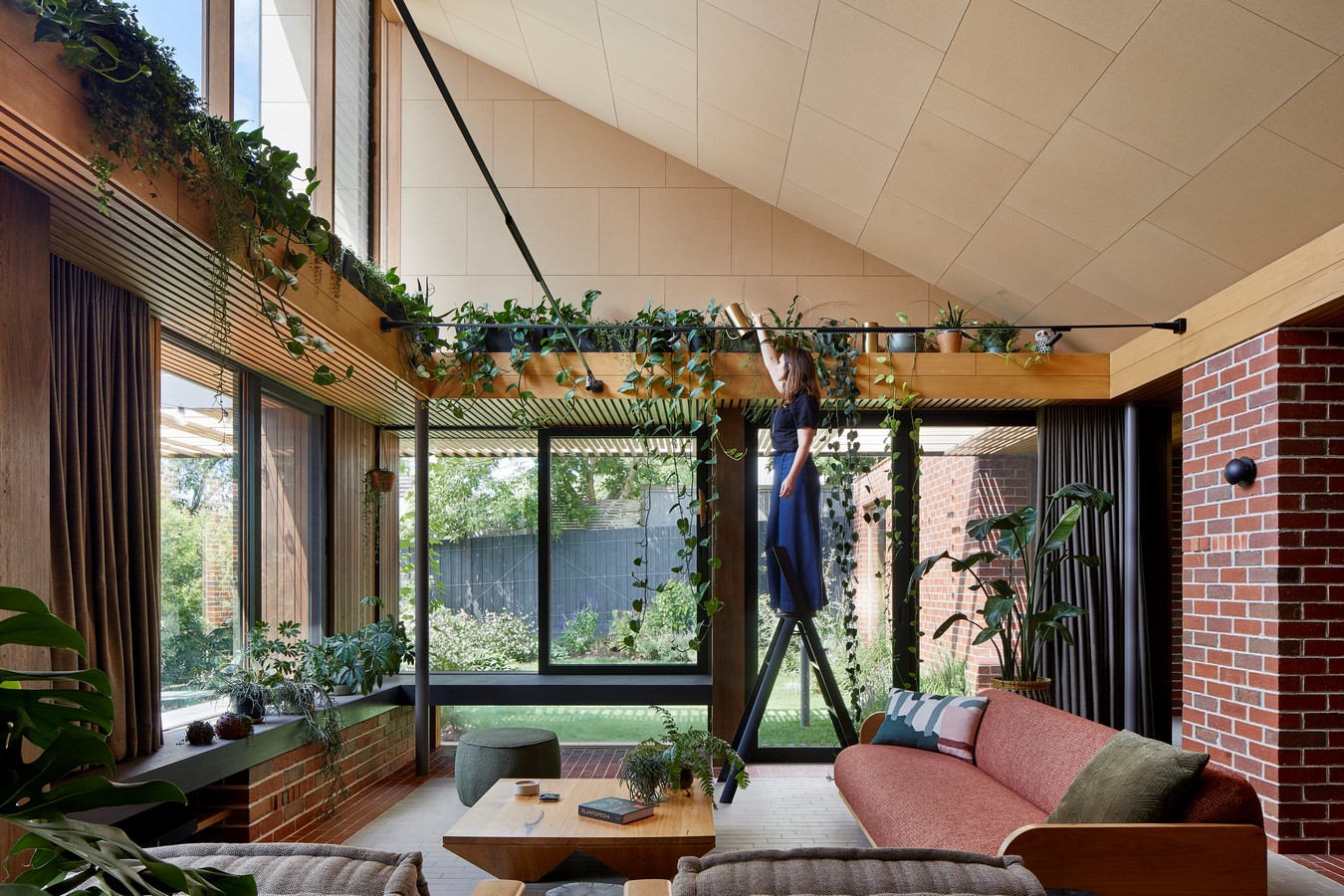
RTF: How important is being creatively bolstered in the realm of design? How do you define the flow of creativity?
Merran: It is so important to be exposed to different design ideas, from within the architecture profession and, perhaps more importantly, from the broader design community. One of my favourite pastimes is visiting art galleries to really test how I think about a variety of things – it is essential to keep challenging yourself. I recently visited MONA in Hobart which is one of my favourite galleries as the work is so varied and provocative, intended to challenge how you feel about yourself and the world around you. It’s both inspiring and invigorating to be taken out of your comfort zone.
RTF: How have you and your partner Paul Porjazoski’s influenced each other’s vision and ideas?
Merran: Paul and I met at university when we didn’t yet have strong notions about architecture, but were really just testing ideas. Both of us approach our work from quite different starting points – Paul is the pragmatist and I am the emotive one! We are fortunate that we are able to constructively challenge each other’s often divergent ideas and yet always arrive at what we agree is the right outcome for a project. We each run our own projects within BENT Architecture; however, we know them all intimately, and the rest of our team is part of the design process as well. Collaboration fosters an exchange of diverse ideas and perspectives that ultimately make our work more potent.
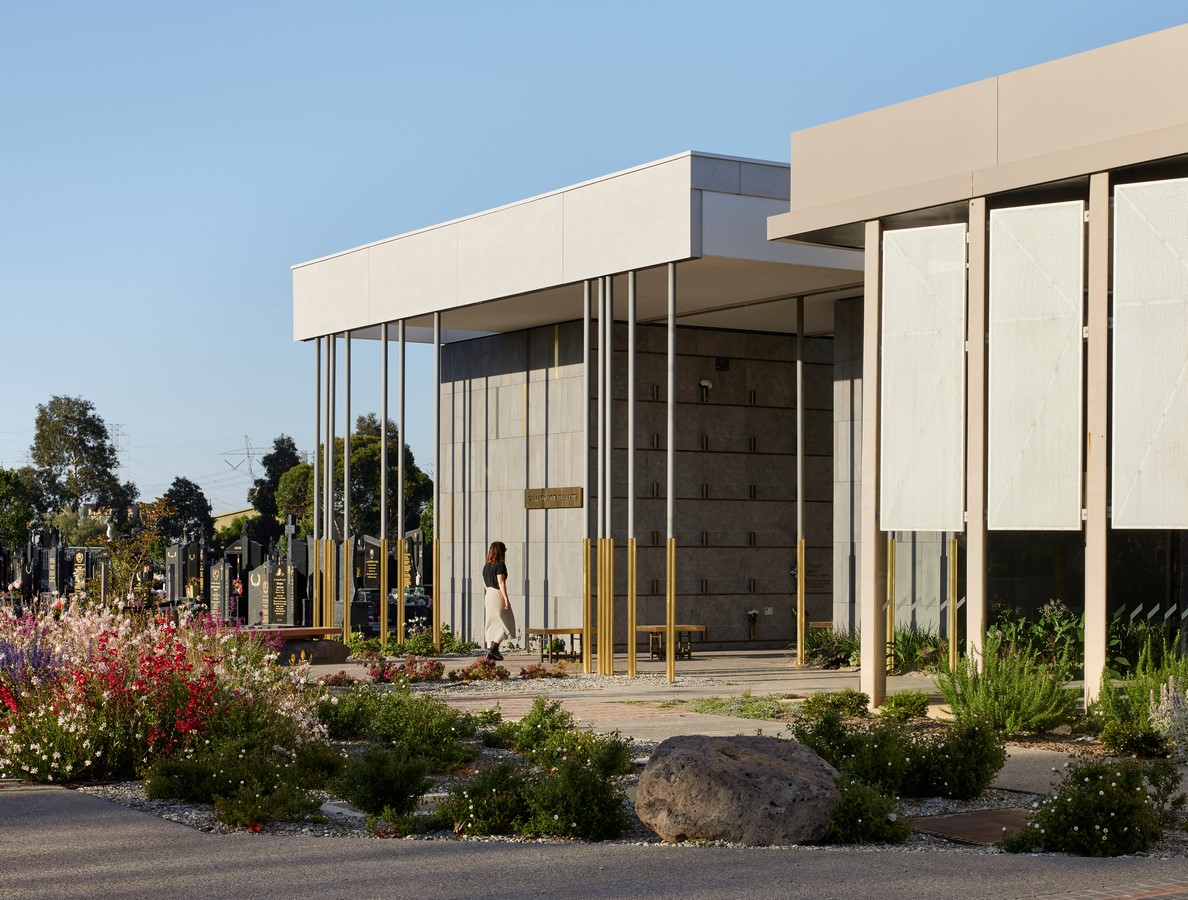
RTF: What are your views on working collaboratively? How exciting and challenging it is at the same time to work with contractors and consultants?
Merran: When Paul and I established BENT Architecture, we always planned for our practice to be more than just the two of us; a studio where architects work creatively and collaboratively towards a common goal. We feel this way about our clients too – that their input will help shape the environment that they will occupy for (in most cases) years to come. We’ve established long standing relationships with a range of specialist consultants, and seek their input in the early phases of design to ensure that we’re all working efficiently towards a common goal. And of course we seek a collaborative and constructive relationship with our contractors, which is essential in ensuring that our collective vision is effectively realised on site.
The opportunity to be involved in the collaborative process of transforming a spatial or programmatic need into built form is a gift. That process, and the skill of our team, is inspiring.
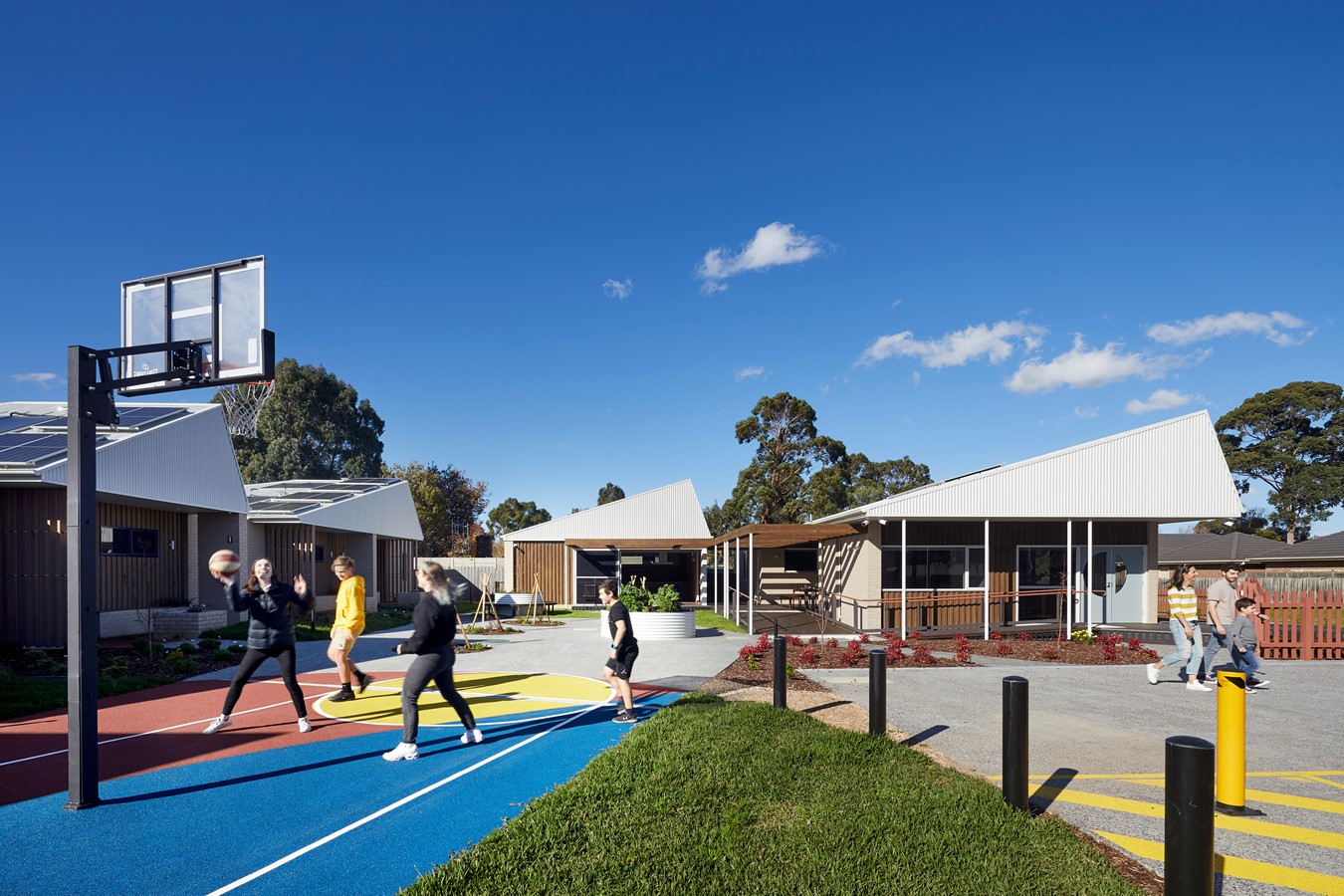
RTF: What kind of attention do you give to the ‘community’ in conceptualising a project? How do pragmatism and subjectivity go hand-in-hand in it?
Merran: Collaborating openly with community members and stakeholders helps us to understand the social context within which we are working, and balancing pragmatic requirements (spatial, economic, regulatory etc) with the often diverse and subjective experiences and perspectives within a community are essential to ensuring that designs are culturally sensitive and responsive to community needs.
RTF: What would you suggest to the young architects who look forward to breaking into the industry and excelling on their own terms?
Merran: I would suggest that they question what interests them most about architecture and consider the projects inspire them the most. One of the best things about this profession is the diversity of project types and working environments that exist. If you can tap into the environment which is producing work that you value, it will be the most rewarding and sustainable in the long run. And of course, once you have enough experience and confidence, don’t be afraid to create the environment that suits and reflects you.
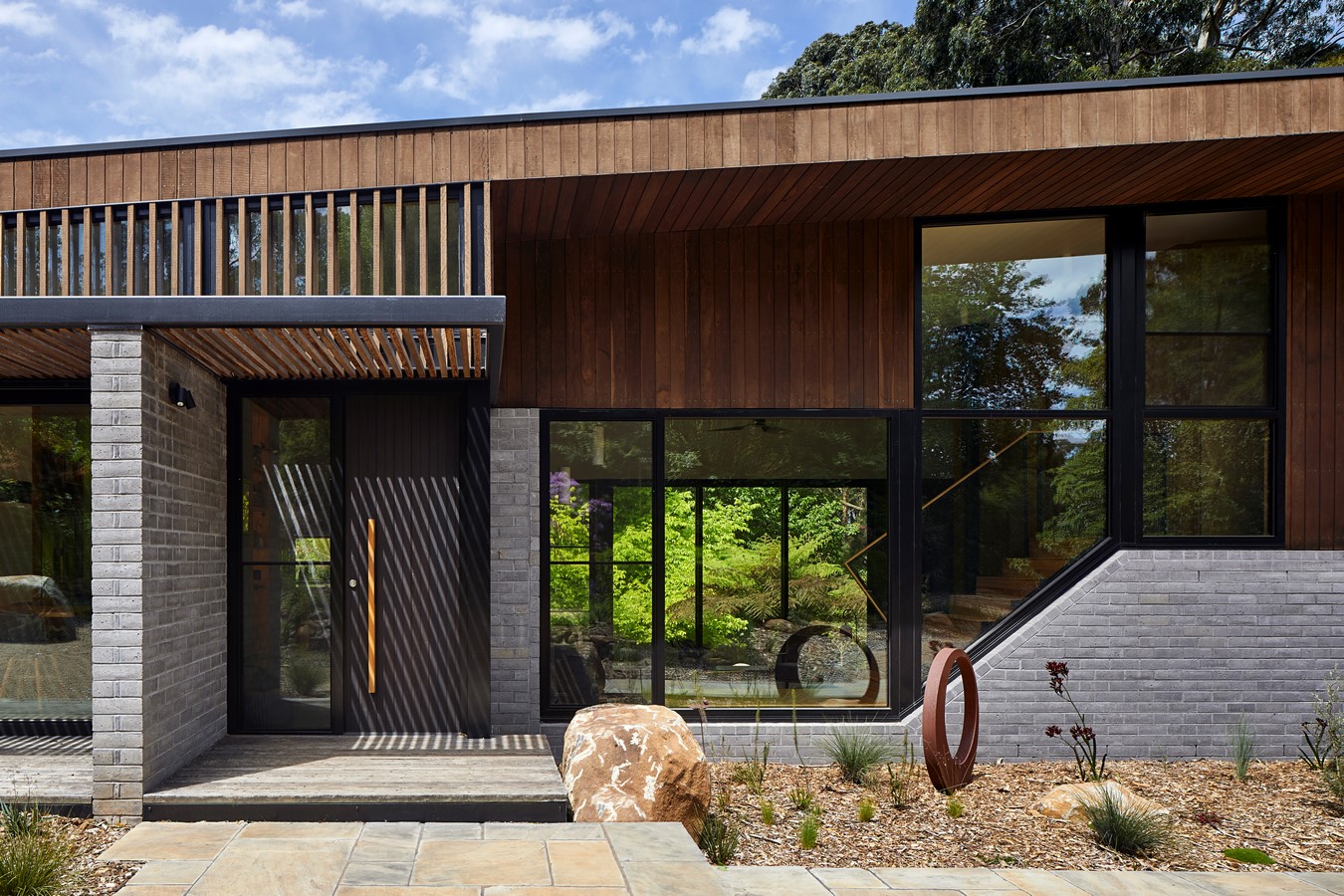
RTF: What is the process of establishing a common ground when dealing with a client’s demands and your own ideas? How important do you consider ‘The Art of Persuasion’ for architects?
Merran: While I do recognise the importance of being about to convince a client when a design (or aspect of a design), though perhaps unexpected, is the correct approach, the most important skill is the ability to listen to our clients and establish a design solution which addresses their needs whilst also meeting the additional (and still essential) layer of the architectural concept. I firmly believe that, if a client is brought on the conceptual journey of a project at the start of the process, then they too will understand why a whole myriad of decisions, from spatial configurations to materiality, are made in a certain way and they also become invested in the design outcome above and beyond just meeting their brief. This is an essential part of the collaborative relationship which we have with our clients. The hope is that the journey of the design process will also inform how they occupy the final building too, enriching their daily experience of habitation.
RTF: How do you look at the work beyond designing for young architects, such as the likes of involvement in publishing, handling media and building an online presence?
Merran: There are so many outlets to present your work as an architect these days, and the online media also makes the turnaround time for publishing work (even conceptual unbuilt ideas) much faster, which is wonderful for a profession that has been notoriously slow-paced! Also, the ease with which realistic renders of projects can be generated further enhances this. It is another layer of knowledge that our profession now needs but I do think it is so beneficial, particularly when it comes to unbuilt ideas and demonstrating your capability to design a new building type which you perhaps want to be designing but haven’t yet been given the chance.
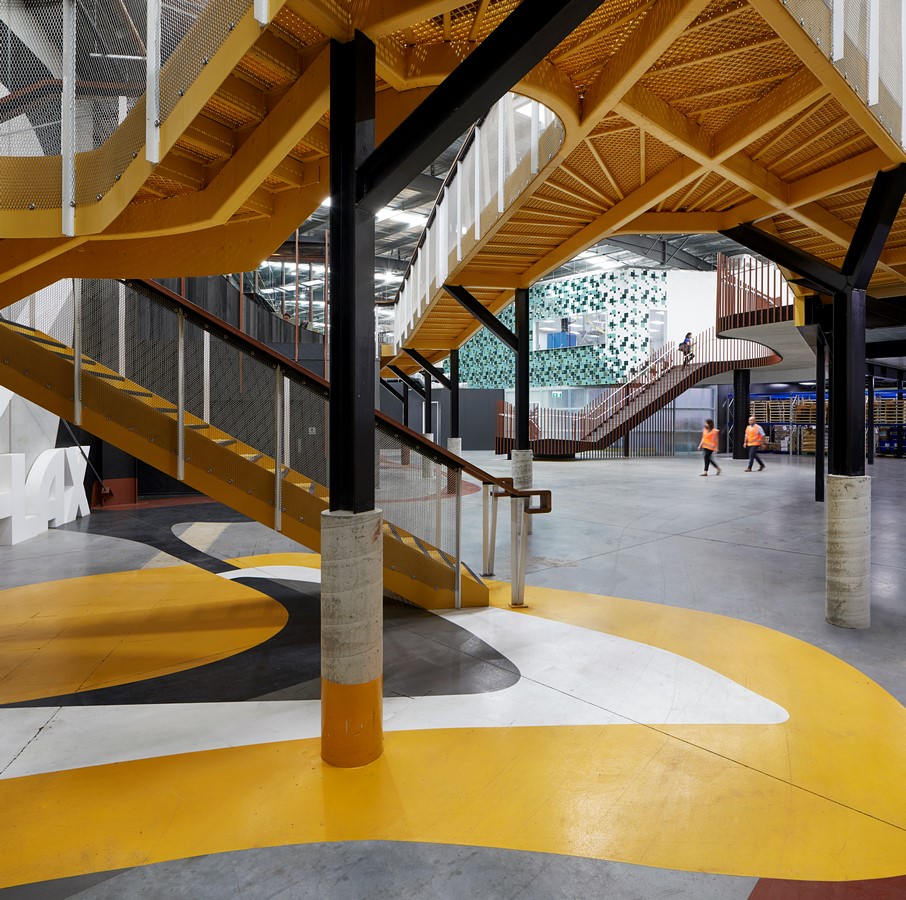
RTF: What do you think of building a social media presence for architects? How important is it and what does it demand from the architects who choose to do it all on their own?
Merran: It is essential for architects to build a social media presence, as it is a wonderful way to showcase the work that you do or want to be doing, or just to engage in architectural discourse. It’s such an easy way to have a voice! For smaller companies, though, it can be quite a big undertaking in addition to the other roles of project delivery and generally running a business – it’s another thing we need to learn to be good at. It is definitely worth the effort, though, as it can be an incredibly powerful tool for communicating with our community.
RTF: How important do you consider the need for super ‘receptive’ heads in the team to establish a progressive mindset?
Merran: The work of BENT Architecture is always a team effort and each member of our practice should feel ownership of the work that is produced. Collaboration is fundamental to the success of our projects, contributing to innovation, problem-solving, efficiency, quality, and client satisfaction. It enables us to create well-rounded, sustainable, and contextually appropriate designs that enhance the built environment.
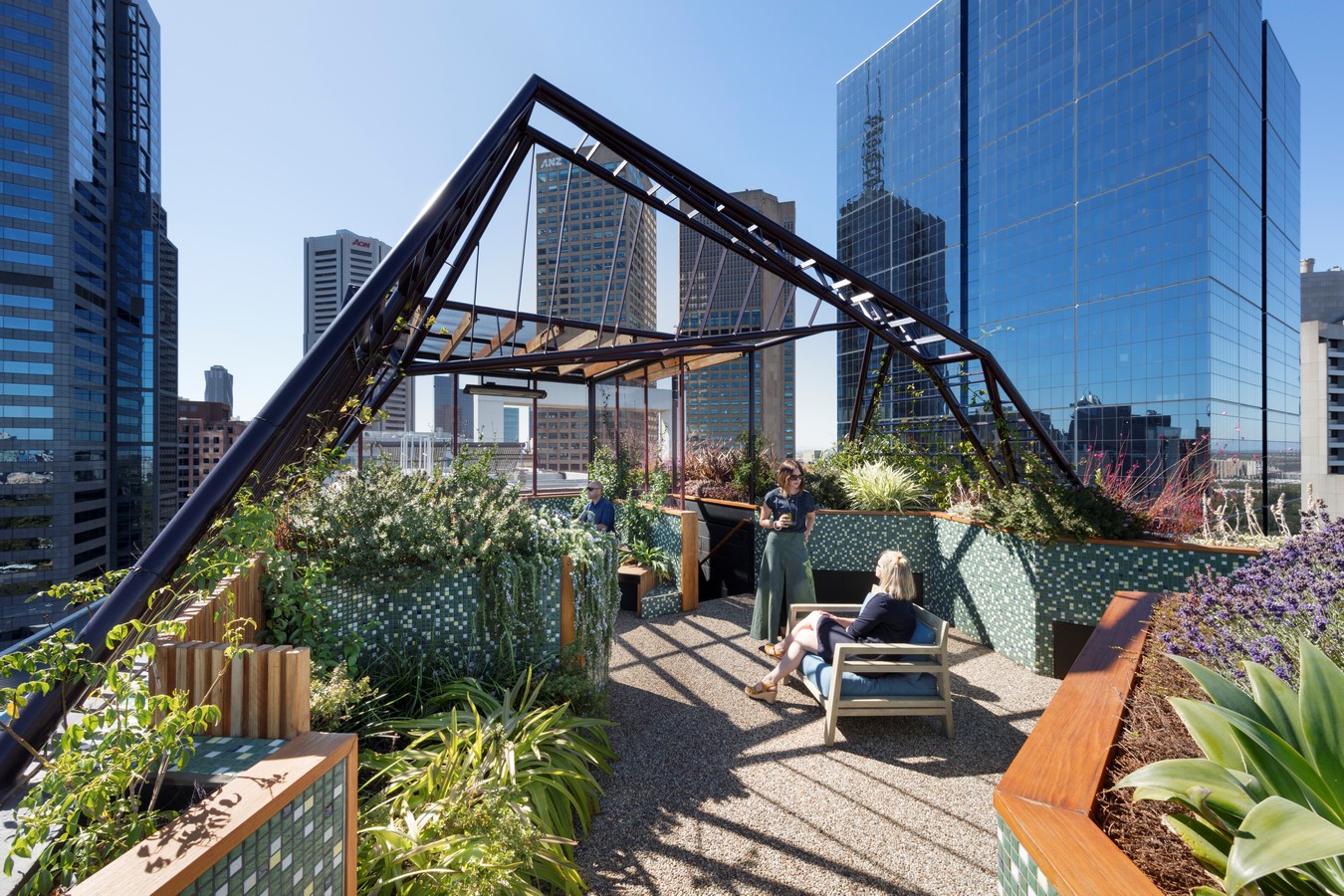
RTF: Who has been your inspiration throughout your architectural journey?
Merran: I’ve always been inspired by architecture which is aspirational and has the ability to lift people up in such a way as to believe that anything is possible. Work which capable of achieving this both on a grand and small scale can be truly awe-inspiring. On my first visit to the Duomo in Florence, I was completely overcome with how powerful architecture can be and decided then and there that I had to become an architect!
Currently, I am most inspired by the groundbreaking work of WOHA in Singapore, as their projects are just so exciting in terms of the reciprocal relationship which can be struck between the built environment and nature. The end result is beautiful, inspiring, exciting, healthy and harmonious.
RTF: Where do you find global architecture a decade from now?
Merran: I hope that global architecture will become progressively linked to nature, where buildings define a built ‘landscape’ upon which plants, birds and wildlife can establish new ecosystems. The work of WOHA is particularly inspiring and my hope is that cities outside of Singapore follow suit and see themselves as cities in gardens. This will only enrich our quality of life as people and also provide the much-needed aspect of ‘delight’ which we are always trying to imbue in our projects.
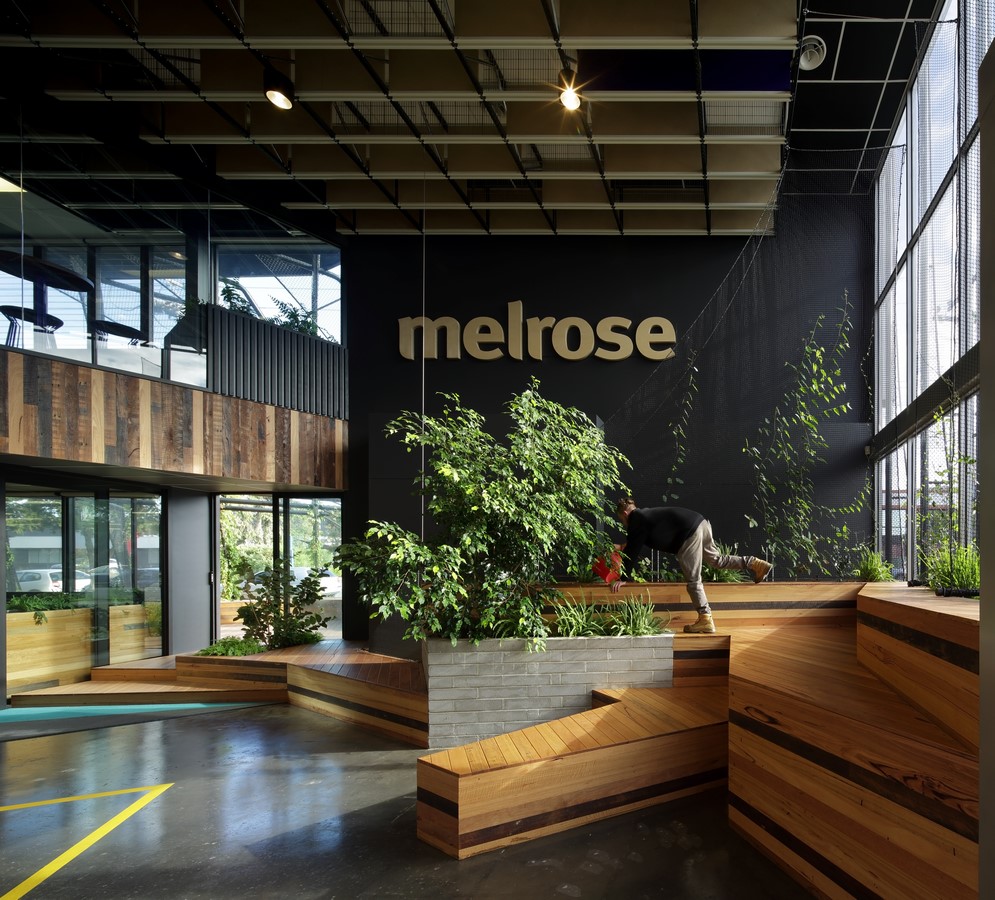
RTF: Where does one find you when you’re not working?
Merran: Architecture can be an all-consuming profession, as it’s a job but also a passion! I love taking time out from our projects to travel and experience diverse places and cultures (whilst visiting some great buildings in the process)! I also love spending as much time as possible with my two boys – I spend a lot of time watching my sons’ basketball and football games and drama performances! And also walking my dog, Mabel (who also happens to be a valued member of BENT Architecture)! I also really enjoy spending time in our newly extended home which, conceptually, is part of the garden. It has large windows capturing views of greenery and the moon at night, large openable windows and doors for the warmer months. It is filled with plants which provide me with a great amount of pleasure looking after. It proves the point that good design can enrich your life and make you feel great!


















